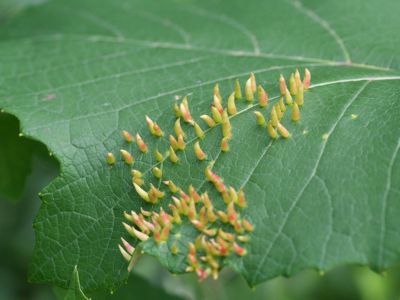hackberry tree leaves bumps
40 to 60 feet high nearly equal in spread. Raised cushion-like bumps on affected branches may be cream to orange or red turn black with age.

What S Wrong With My Plant Garden University Of Minnesota Extension
Hackberry nipple gall can be caused by a few different types of insects including psyllids midges and other gallmakers.

. In September and October people who have hackberry trees or live in neighborhoods where there are hackberry trees often notice tiny greyish bugs that congregate on their homes on window screens front doors and siding. The tree grows in hardwood forests and limestone ground in its native habitat. It produces bumpy grayish bark and dark green simple foliage with low-hanging droopy branches.
Produces black-purple pea-sized berries that ripen in the fall. Inconspicuous flowers bloom in spring with emerging leaves. Most diseases that affect hackberry trees do not cause harm and are mainly just aesthetic concerns.
The trees have strong tap roots and many shallow spreading roots. Reticulate also known as netleaf hackberry or western hackberry. Hackberry has a mature height of 40 to 60 feet with a 1- to 2-foot trunk diameter.
Hackberry leaves measure 2 to 5 5 12 cm long and up to 35 9 cm wide. Your first thought might be that it is a disease or insects have laid eggs or burrowed into the leaf the way leafminers do. It drops its leaves in fall Height.
Up close the bumps look like hairy nipples. Mature size and shape. The bark is mostly smooth and.
Hackberry leaves have a recognizable ovate-lanceolate shape with serration along the entire margins. Hackberry leaf galls are raised warts on leaves that are caused by small aphid-like insects that live within the growth. They are quite common on trees.
The galls are caused by pecan phylloxera aphid-like insects that emerge in spring and infest leaves and twigs. My Hackberry tree appears to have 2 diseases going on. Up to 50 feet Medium to fast growth Pyramidal shape in youth spreading rounded shape in maturity Bark of young trees appears covered with bumpy warts but the pattern changes to cork-like ridges as trees mature 2.
When our clients ask about these funny bumps on their tree leaves I usually stop at the short explanation that. Galls are odd greenish shapes that grow on plants. This insect does not appear to affect tree health.
Galls are abnormal vegetable growths caused by various agents such as insects nematodes fungi bacteria viruses chemicals and or mechanical injury. The foliage is elm-like and the bark is corked and warty. Sunken dark brown area on branch that is often cracked or has a ridge at the edge.
If you only enjoy your tree for its foliage and not the nuts. Hackberry leaves have teeth and taper towards the tip. Or wilting soon after leaves emerge in spring.
However by the time you see those bumps the insect has long since moved on. Leaves on hackberry trees are simple leaves that are arranged alternately on crooked branches. The hackberry tree or Celtis occidentalis is a vigorously growing member of the elm family.
Potential hackberry growers should also know that a condition known as hackberry nipple gall is among the most common disease to infect these trees -- it will cause both raised bumps on the leaves as well as discoloration. There are tiny black winged bugs with tinier babies all over the inside of the leaf. The leaves are turning brown and are falling down a lot in the last weekThe leaves have the whitish wart-like bumps on the underside and they also have black tiny dots covering the leaf.
This irregular gall looks like roosters combs on the leaves. Lace bugs are present every year on several of our common deciduous trees but only occasionally are the populations large enough to be noticed. Dead branches and twigs often first observed in early spring when no leaves form.
The bumps are harmless insect galls growing on the leaves. Five species are trees and one species is shrublike. Hackberry species occour throughout texas.
The gall found on the hackberry leaves is referred to as the hackberry nipple gall. They are often covered with bumps called Nipple Galls. The good news is that the bumps are generally not caused by a disease.
Yellowing Hackberry Trees Usually Means Lace Bugs. The bumps can be hard or just hollow protrusions. Also known as American hackberry common hackberry Celtis occidentalis is a fast-growing member of the elm family.
It has been a good year for funky leaf galls or a bad year I guess depending on how you look at it. Hackberry Gall Psyllid Management. Heavily infested leaves may turn yellow and drop prematurely.
Leaves of hackberry trees often have the hackberry nipple gall caused by an insect called a psyllid. They are usually insect damage. Again this year we are experiencing a bumper crop of hackberry lace bugs.
Big populations of this insect can cause loss of the pecan crop for the current year and also the following year. Youll notice an asymmetric base on the dull to glossy green leaves. The wart-like growths on the hackberry leaves are galls.
50 to 70 feet Width. Aged bark has ridges and bumps like dried mud globs. The two species most common across the state are Celtis Laevigata also called sugarberry or sugar hackberry and C.
The gall is induced to form by a gnat-like psyllid. These insects are attracted to lights at night and at 110 long are tiny enough to pass through ordinary window. Hackberry Celtis occidentalis is a native tree of the US and is also known as common hackberry and nettletree.
Elms often get galls such as the cockscomb gall caused by an aphid. Other trees besides hackberry have lace bugs but hackberry seems to suffer the. Usually not a problem since it dries on the tree and is eaten by birds.
Hackberry disease 269208. Galls are abnormal growths of plant tissue induced to form by mites insects or other small organisms.

Bumps Covering Ash Tree Leaves Caused By Gall Mites Stock Photo Alamy

Oak Diseases Insect Pests Home Garden Information Center

Bumps On Leaves What Does Leaf Gall Look Like And How To Treat It

What S Wrong With My Plant Garden University Of Minnesota Extension

Manasataramgini V Twitter Nipple Galls On Hackberry Leaves The Nymphs Of Psyllid Bugs Induce To Leaf To Form The Gall Around Them And They Will Come Out As Adults Left In About

My Leaves Have These Weird Bumps And Lumps On Them Arborsmith Ltd Crafstman In The Care Of Trees

What S The Deal With Those Weird Bumps On Tree Leaves Open Spaces Trib Com

Dealing With Leaf Galls Dummer Garden Manage Cuidado De Las Plantas Jardin De Pusadee Flor
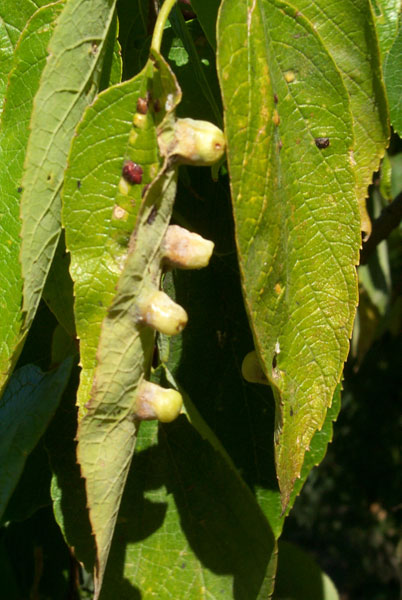
What S Wrong With My Plant Garden University Of Minnesota Extension

Common Hackberry Plants Texas Native Garden

What S Wrong With My Plant Garden University Of Minnesota Extension
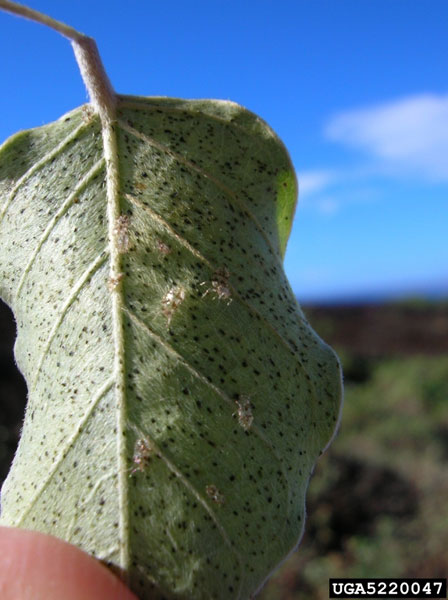
What S Wrong With My Plant Garden University Of Minnesota Extension

My Leaves Have These Weird Bumps And Lumps On Them Arborsmith Ltd Crafstman In The Care Of Trees

What Are Those Bumps On My Tree S Leaves
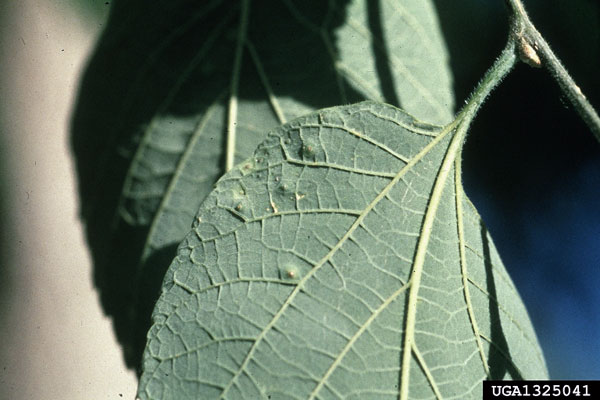
What S Wrong With My Plant Garden University Of Minnesota Extension

My Leaves Have These Weird Bumps And Lumps On Them Arborsmith Ltd Crafstman In The Care Of Trees

Hackberry Psyllids Tiny Jumping Biting Insects Insect Diagnostic Lab
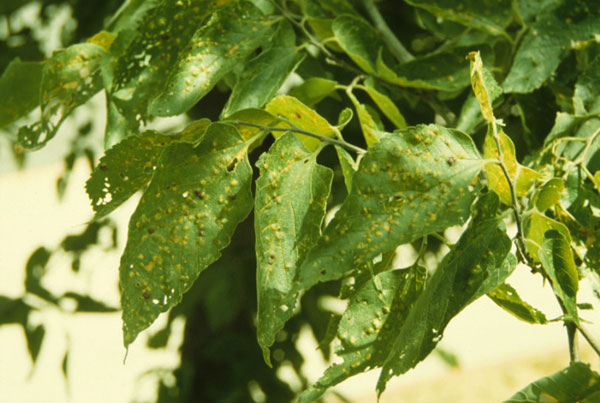
What S Wrong With My Plant Garden University Of Minnesota Extension
